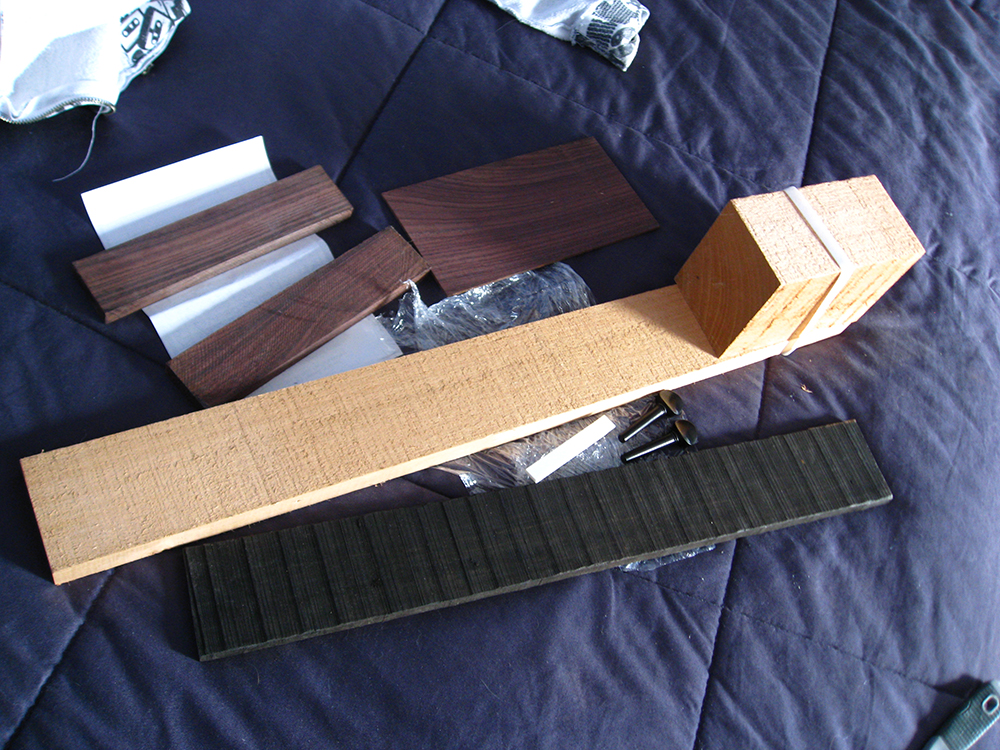|
n85ae -> RE: The challenge issued by my school teacher (Mar. 1 2011 17:27:12)
|
I can't see that it matters, so long as the job's done right. Personally if I made
one neck, I'd for sure use power tools. If I made a bunch, they'd probably be
power tools with CNC in the description. Some parts like the neck, etc. I can
see no reason why somebody would not use power tools, unless it was just
their personal preference to simply not use them (or they were too poor to
buy better tools).
Actually a lot of time's people defend to the end, their use of OLD fashioned
ways to do things, simply because they can't admit - That they simply can't
afford, OR that they simply have a preference for not using power tools. No
instead they have to put down modern machines, with some really lame
put down about the use of said machines.
In fact my son's pinewood derby car for cub scouts we made with my bandsaw
and milling machine, and my 7 year old kid learned a lot more about precision
doing that than had we carved it out with a coping saw, and knives. Sure he
knows how to use a coping saw, but I'm training him to work smart and not
waste a ton of time on something that just makes the job slower.
Prejudicing about the use of tools (any kind) now that is being a neanderthal.
Regards,
Jeff Hays
|
|
|
|

